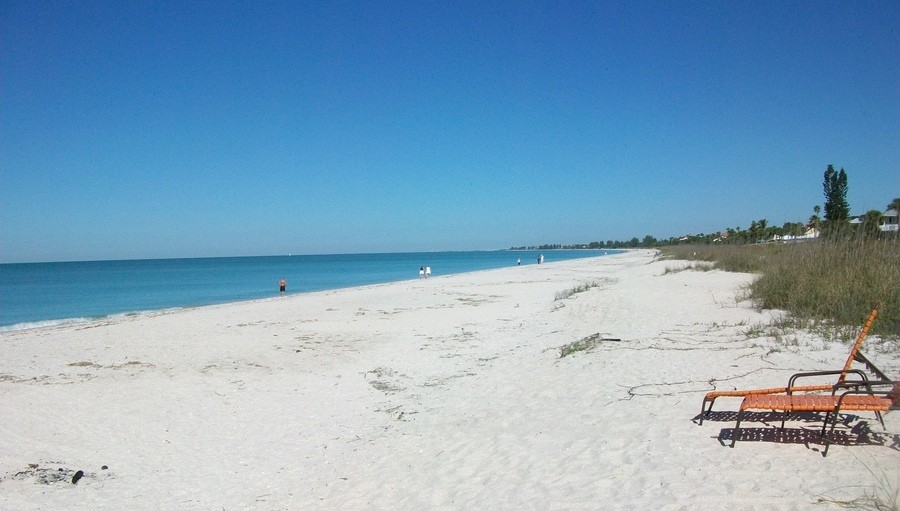The Odyssey of Salop, Wild Beast of the Treasure Coast
Arts & Culture
SRQ DAILY FRIDAY WEEKEND EDITION
FRIDAY DEC 20, 2019 |
BY ANDREW FABRIAN, ANDREW.FABIAN@SRQME.COM
Photo: Salop's 'Flower Power' evokes the fauvist style of early 20th Century France. Courtesy of Ligon Fine Art.
When a 17-year-old boy from Cohoes, New York named Ed Rymanowski was drafted into the Navy during WWII, he stepped across a threshold and into the opacity of his future. The potentialities would be countless, death among them, and whatever happened, it would be far from home and would transform him with or without his permission. His military travels took him to Naples, Italy, and the country would keep his heart on layaway as the war came to an end, beckoning him back to the Old World with its promises of new sights, new languages and the pursuit of his own personal epic.
“I promised myself I’d come back [to Italy] one day and build a house,” he says. “Many years later, I got a few bucks together and bought one,” he continues, “but the mafia made it tough to live there.” Naples would only be another threshold into a new set of experiences, and after selling in Naples and buying another home in Spain, his feet somehow carried him to Aix-en-Provence, France, where he studied painting alongside none other than Henri Matisse, the patriarch of les Fauves. The motley crew of artists included André Derain, Albert Marquet and Henri Manguin, while Cezanne and Picasso were also practicing their craft in the city. Rymanowski, now a war veteran, world traveler and aspiring artist, was caught in a magical moment of art history, and it was here where his wild beast peers gave him the nickname Salóp, the moniker he still signs his paintings with.
It was also in this transformative period of his odyssey where his style was formed. To this day, Salóp’s work still evokes the requisite elements of the Fauvist aesthetic. He employs wild, crude brush strokes with a bold, expertly composed and minimalist color palette; the perspectives in his pieces are often jilted and askew; the objects simplified almost to the point of abstraction. But there is also an added element of youthful exuberance in his work, as though he is perpetually seeing the world with a sense of childlike wonder. And, like many a classically trained artist, he shares an affinity for the female form, but always as an object of beauty rather than sexuality.
His collection at Ligon Fine Art showcases the full force of his mastery in the medium, and even in the twilight of his humble Homeric journey, Salóp continues to find something fresh to say in a style that feels as familiar as it does bold.
Photo: Salop's 'Flower Power' evokes the fauvist style of early 20th Century France. Courtesy of Ligon Fine Art.
« View The Friday Dec 20, 2019 SRQ Daily Edition
« Back To SRQ Daily Archive











